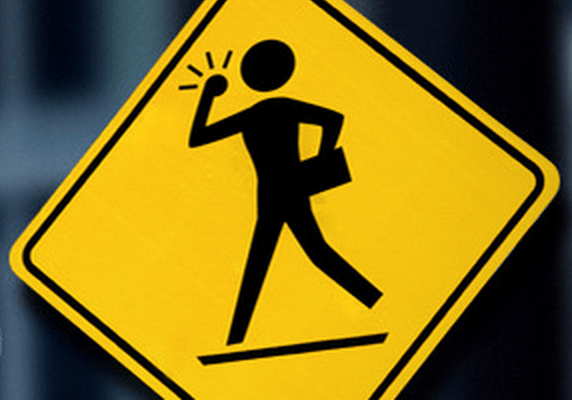
This is an article written from two points of view—a female self-defense instructor and a male self-defense instructor—who work together to offer empowered self-defense training through Impact Bay Area.
Tim: Dani and I work together as self-defense instructors for Impact Bay Area, a nonprofit dedicated to teaching women, men, and anyone else anywhere along the gender continuum, self-defense.
There are some similarities between Dani and me: We are both martial arts nerds, we live in the Bay Area, and we’re instructors for the same nonprofit. I'm the more experienced instructor, with more years teaching compared to Dani, but when we work together, Dani is the lead instructor. This makes a lot of sense in the context of teaching women’s self-defense. It doesn’t matter how experienced an instructor I am, Dani has a lot more experience being a woman than I do. So when we are teaching classes that have to do with women’s self-defense, with women’s lives, she takes the lead.
***
Dani: As a student at various women’s self-defense workshops over the years, I couldn’t help but notice that men led the majority of these courses. Men were telling women what to do for their own safety, in a culture where the governance of women’s bodies remains largely in the hands of men.
It was jarring.
I also heard a lot of bad advice at some of these workshops. “Don’t fight back!” and “Resisting makes things worse!” Some of what I was told left me more afraid, in fact, because it was a man telling me—a woman—that I couldn’t do much because I lacked upper body strength.
These kinds of workshops failed to address the differences in lived experience between instructors and students (men and women), and though some of the ideas resonated with me, I did walk away from these workshops with a lot of self-doubt as a result. Would these defense concepts work for me, a woman?
Information has always been powerful for me. If I am unsure or afraid of something, I need to research and come up with a solution. When I was afraid for my safety, attending workshops for women seemed the natural route for me to take. It ended up feeling a bit like I was going to an SAT prep course and told I’d probably do OK but that math isn’t really where women tend to excel.
Put bluntly, I was annoyed and felt put down.
These experiences taught me that, at least for me, feeling safe meant understanding the power in my own body. That's what empowered self-defense means—it puts you in touch with your right to safety and the self-preservation skills in your own skin.
***
Tim: I don’t know only one woman who has been the target of male violence. And I don’t know only two. This is something every woman I am close to has had to deal with. When I was younger, and a woman told me about things that had happened to her, I would tell her how, if that guy were here, I would kick his ass. I don’t think this was a helpful thing to do, displaying useless rage to someone who’d been hurt, but it was what I had at the time. It made me feel better, maybe, a little, but that was all it did. The helplessness built a barb inside me. It bothered me that so many women I knew were healing from, or were frozen in, traumatic experiences.
***
Dani: My search for answers on how to empower women landed me at Impact Bay Area—first as a student and later as an instructor. Impact employs a dual instructor approach for its women’s self-defense programs, with a Whistle Instructor (woman) and a Suit Instructor (man) working together to teach the class.
The Whistle Instructor acts as the head of her team. She coaches the students on the mat, demonstrates each technique, and discusses student questions. The Whistle has the floor to speak and respond to students. The Suited Instructor has fewer opportunities to speak and instead follows the Whistle Instructor’s lead.
And as a member of the Impact team, I see no hard feelings about this breakdown of responsibilities on the part of the Suited Instructor. It is easy—I've seen it happen in other workshops—to have a male instructor’s desire to help women turn into a desire to play a white knight role—to try to rescue students, rather than present them with learning opportunities.
What makes Impact training empowered self-defense are the learning opportunities that come from our duality—the empathy and realism of a self-defense workshop with a woman leading the training, and the supportive presence of a male instructor who is there to present realistic targets and discuss violence from the assailant's perspective.
We could not hold our workshops without Whistles and Suits working together. When a question comes up on the role of men in the feminist movement, I think about Impact’s approach and say that men can and should be invited to the table. We can work in concert while still being aware of the difference in lived experience. A Suited Instructor can give his perspective when invited to by a Whistle Instructor or student, but the conversation on safety belongs to the women in the room. This is the ally model I’d like to see permeate self-defense and conversations on feminism.
A male ally both notices inequality and is aware that his lived experience is affected by it. He understands that his worldview is based on his life experience and he cannot be the voice of the female experience—he is, instead, a megaphone for the narratives of women. An ally has a place at the table and in the greater conversation on equality because of his willingness to quiet his voice and actively listen to the experiences of others, taking them at face value. This is what we model at Impact and in our self-defense classes.
***
Impact Bay Area teaches empowered self-defense with trauma-informed staff. Our programs are tailored to meet the needs of different communities. Conflict and violence dynamics are different against women, men, and kids, and we want to teach what our research has found to be most relevant. For example, in our LGBTQ class we teach scenarios with multiple assailants at times because there is a higher possibility of hate crimes within this community—hate crimes are usually perpetrated by groups. We work on adrenaline management and build muscle memory for a worst-case scenario because our research indicates that if an individual has physical skills to rely on, they are actually much less likely to have to use them—the physical reinforces both body language and verbal boundary setting skills and increases the student’s confidence in using these to stay safe in the world. More information can be found on our website and our public programs are available here.


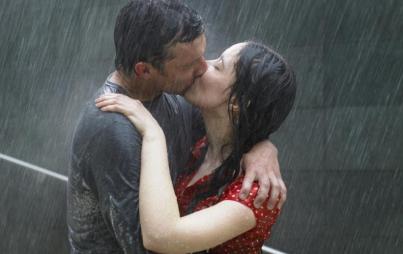
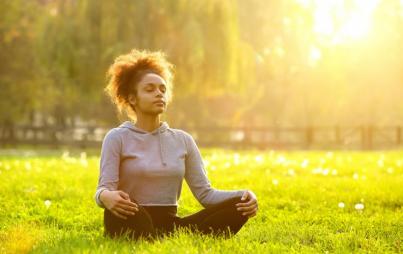
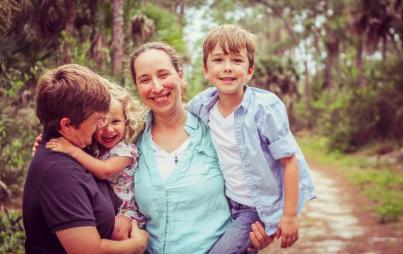
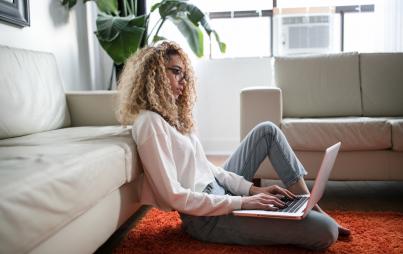

![By Magicland9 [CC BY-SA 3.0 (https://creativecommons.org/licenses/by-sa/3.0)], from Wikimedia Commons By Magicland9 [CC BY-SA 3.0 (https://creativecommons.org/licenses/by-sa/3.0)], from Wikimedia Commons](/sites/default/files/styles/profile/public/images/article/2019-06/Bell.png?itok=gWp6s_Y0)